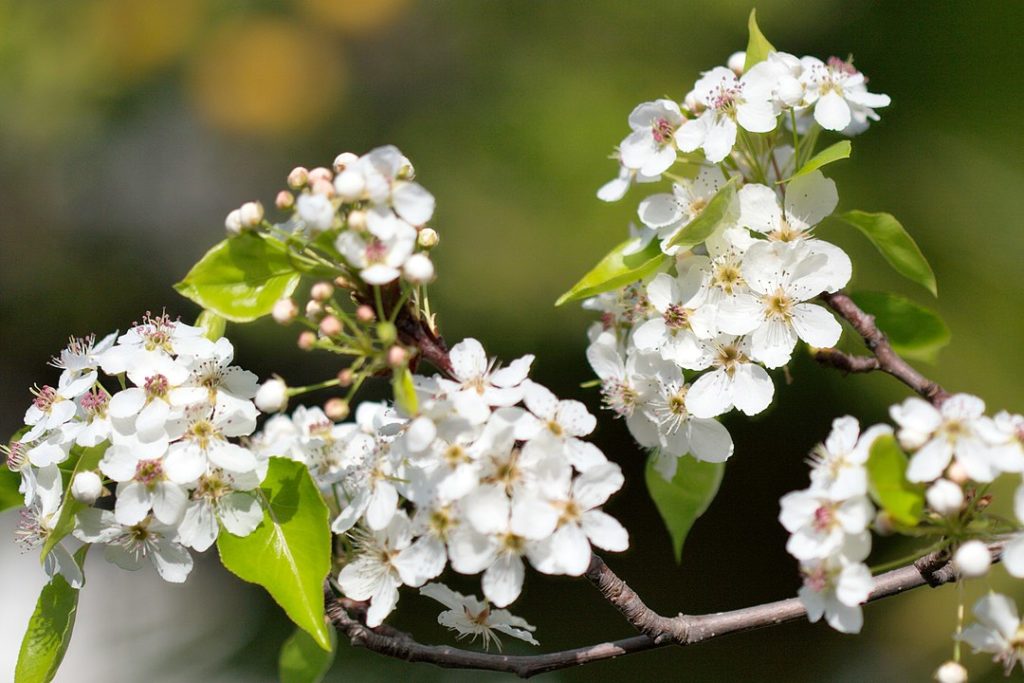
Today I want to help educate our readers about the trees that surround us. I’m sure that many of you have a good understanding of tree identification, but for those who don’t, this article is for you! Today I have listed a few of the most common (and most beautiful!) flowering trees you’ll notice around the city right now. Hopefully, after reading, you’ll be able to impress your friends and family with your newfound knowledge.
Saucer Magnolia
The Saucer magnolia might be my favorite spring-blooming tree. Unlike the classic Southern magnolia, Saucers are deciduous trees. Their massive pink and purple flowers are one of the first to appear in the spring.

Yoshino Cherry
Commonly known as the Japanese Flowering Cherry, these trees are synonymous with spring. Cherry blossom festivals are a common occurrence throughout the world this time of year. As a kid, I even got to attend a cherry blossom festival in Japan. Their white-pink flowers and almost metallic-looking bark make them easy to identify.

Eastern Redbud
The Eastern redbud is a beautiful native flowering tree. Its vibrant purple and pink flowers have a color unlike any other tree in this region. You may notice that some redbuds produce flowers directly from their trunk and branch wood as opposed to new growth and shoots. This is known as “cauliflory” and allows redbuds to be pollinated by animals climbing the trunk and dispersing seeds. Fun fact: Redbud flowers are edible!

Flowering Dogwood
Perhaps the most well-known tree here, the flowering dogwood is Virginia’s state tree. Dogwoods flower a little bit later than the others on the list, usually around mid to late April. The native variety has showy white flowers, but there are numerous cultivars with pink, red, and even yellow colors.

Bradford Pear
The Bradford pear is an interesting tree. Blooming bradford pears are unmistakable. In the spring every inch of the tree’s canopy is covered in stark white blooms. You’ll likely notice flowering pear trees along roadways and in urban areas. This is because bradford pears and other related cultivars are considered invasive species. So while these trees do add a ton of color to the spring landscape, they’re oftentimes not supposed to be there.



